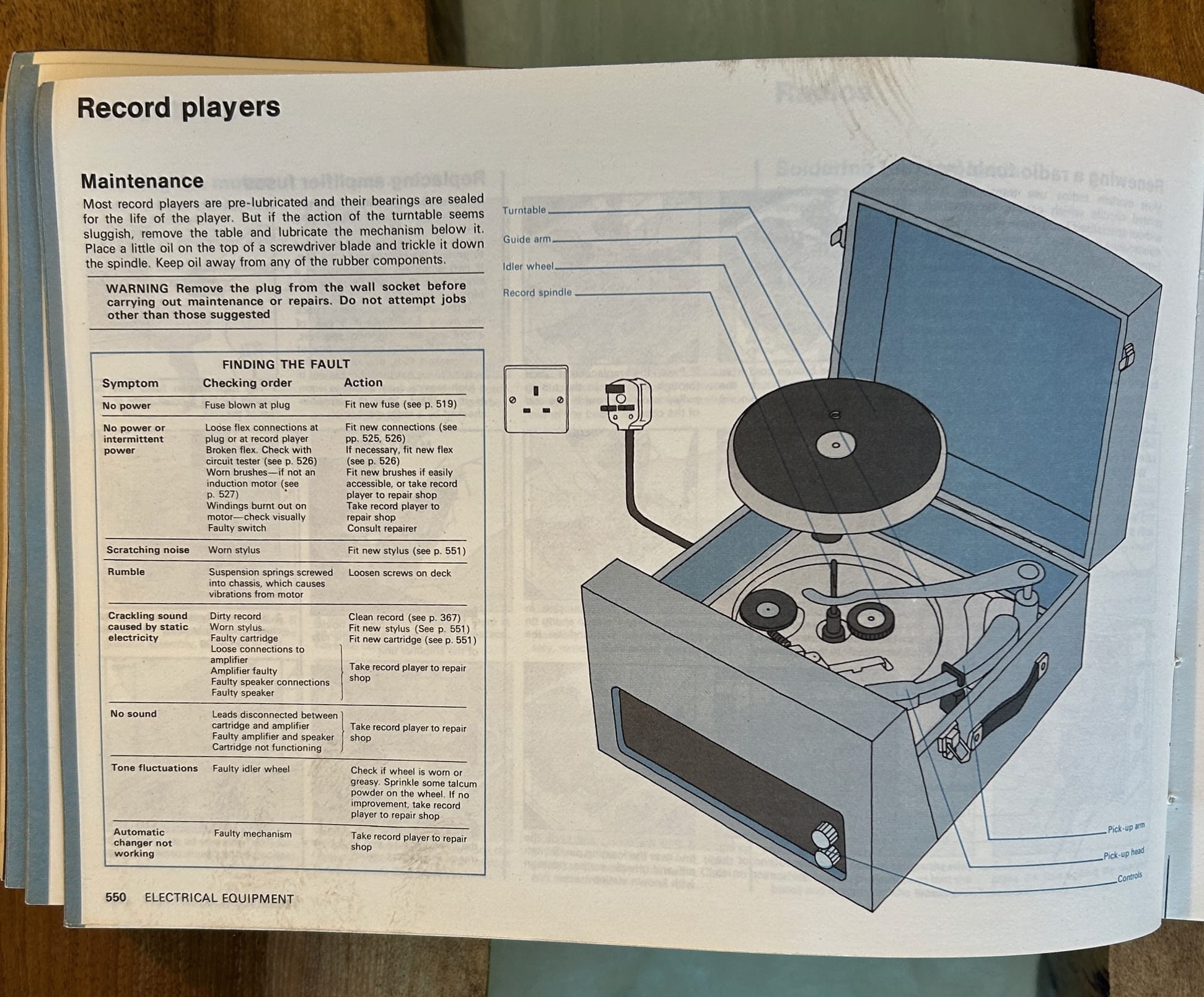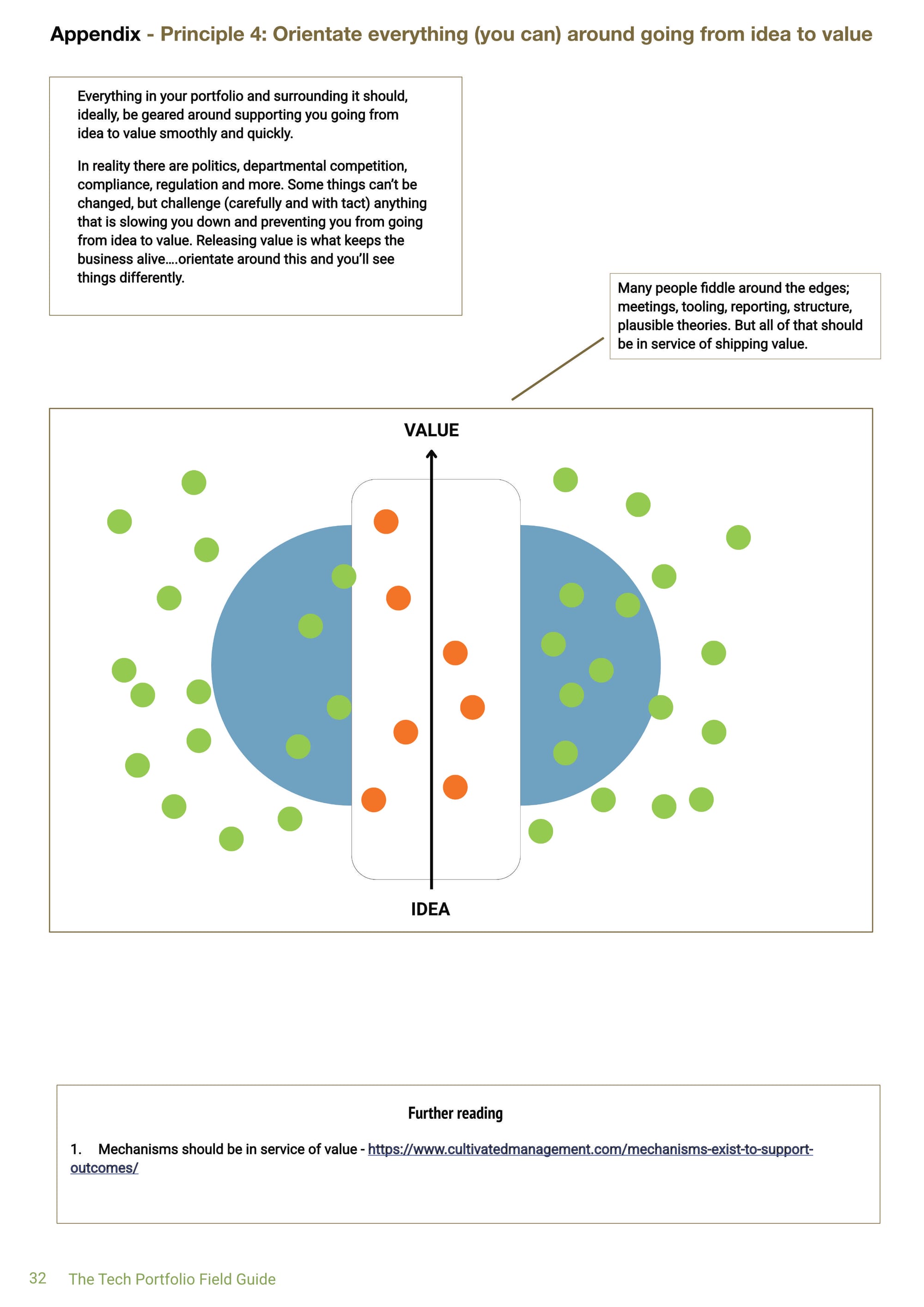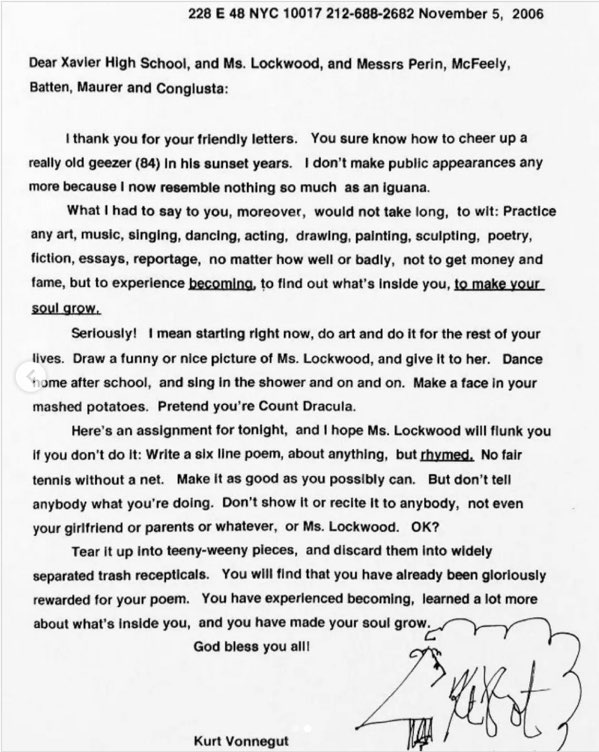
Hey,
I hope you are safe and well and are enjoying you week. In this week's edition of Meeting Notes, I'll share an idea about bricolage and how it applies to leadership. Before then though - some Reader's Digest goodness.
I'm busy squirrelling away on a new field-guide for Portfolio Owners and Tech Leaders in enterprise companies. It's been my wheelhouse for a few years – working with large portfolio leaders and teams to bring clarity, alignment and right action. I call this value-first portfolio management.
👉 You can pre-register to get notified about the guide here if you're interested.
So, I'm pulling my insights, skills and knowledge together into a field guide. 30+ principles that help you go from idea to value quickly and smoothly.
But you know me. I can't just create this as a boring plain text book without adding some form of creative spirit to it.
As such, I was perusing my collection of books looking for inspiration and design ideas. I landed on the classic 1970s Reader's Digest Manuals – I have a few.

I've always wanted to create a "technical guide" made simple – in the format of Reader's Digest. And so, my design was chosen.
For those who've ever seen one of these classic Readers Digest manuals – they are a work of art. They are made up of simple, easy to understand, clear to follow segments of advice with cut-away diagrams, clear labels and wonderful use of clear language. The colours are awesome too – muted browns, blues and greens.
The 1970s personified. So, that's the style.

I've got the content, created the Affinity Publisher template (that took some time), created some neat looking diagrams (that took even more time) and I'm bringing it all together this week.
Consider this a clear, simple, well illustrated guide to structuring value-first portfolios - where we go from idea to value as smoothly and quickly as possible.
So far it's about 30 principles, 30k words and 100 + pages of guidance.
Here are some early proof screen grabs:


I'm having a lot of fun bringing this together and it will be solid advice for anyone running large tech portfolios of work.
I've even dug out my flares and flannel shirt to complete the 1970s vibe. After all, the clothing we choose does indeed impact our professionalism and productivity 😄
Anyhow, because of this cobbling together from the resources I have – I thought Id share a little thought on bricolage this week.
For those new to the Meeting Notes newsletter, welcome, I’m Rob, Chief Bricolage Officer at Cultivated Management. This newsletter is about mastering the art of communication and creativity - and cultivating a bright future of work.
Management/Leadership as Bricolage
One way to think about your role as a manager or leader is to imagine you’re building a creative project.
Not following a rigid blueprint. Not assembling from a kit. But creating from the materials you have at hand.
In French, there’s a word for this: bricolage. It means “constructing something from a diverse range of things.”
Usually the term is linked with artists, designers, or musicians — people who combine scraps, influences, and tools into something new. But I think it applies perfectly to management.
A good manager builds teams from a diverse range of people. They take skills, personalities, and perspectives that may appear mismatched in isolation — and arrange them into something greater than the sum of the parts.
This is the creative side of management.
- Seeing the whole when others only see fragments, individuals or processes.
- Working with what you have rather than waiting for the ideal time, endless resources or the "perfect" person.
- Turning constraints into catalysts for new approaches.
And like any creative project, bricolage comes with feedback, mistakes, self-expression, learning, growth, and sometimes failure.
Bricolage and Resilience
If there’s one skill that defines resilient managers, it’s bricolage. Resilient leaders don’t panic and flap when resources and people are scarce. They don’t waste time waiting for perfect conditions or the right time to start. They improvise. They adapt. They pivot. They get creative. They create progress from what’s available.
Constraints don’t create limits for these creative managers — they open new paths, new doors and new ways forward. Constraints are indeed the catalyst for creativity.
When you see management as bricolage, you start to appreciate both the complexity and the possibility of what is in front of you. Your job therefore is not to control every step (or people), but to set a clear painted picture (vision), define the constraints and problems, and help people bring their unique ideas, perspectives, skills and creativity together in surprising ways to move forward.
The best managers can build success in almost any environment. They don’t wait for perfect conditions. They work with the people, tools, and resources available — and somehow create value. (Think the A-Team, but in the workplace.)
Recently I was working with a group of managers who asked me for a step by step roadmap — a proven path they could follow out of the carnage. But the truth is, there isn’t one. Every team is a different bricolage. Every project has its own pieces.
Note: This is why my upcoming field guide is based on principles rather than a step by step process. It leaves room for context and bricolage.
What they really needed wasn’t a universal plan. It was the ability to step back, look at what they already had, and decide how best to bring everything together for the journey ahead. And that started with a clear painted picture and solid identification of the teams biggest blockers – the rest is the behaviours, skills and creativity that people bring.
Managers and leaders are not in control. To believe we have absolute control over the complexity in organisation is an illusion.
But we do steer, guide and bring everything together (bricolage) to achieve value for the business, and value for people working in the business.
We are building. We are creating. We are shaping people, projects, and resources into something valuable.
That’s the work.
That’s the creative art.
That’s bricolage - the bringing together of what we have to create something bigger than the sum of its parts.
Management is not about process and control. It is about creativity and fun, bringing everything together and nudging towards a bright future.
Rob..
Quote of the Week
Instead of a quote this week, I thought I'd share a wonderful letter that author Kurt Vonnegut sent to a child who wrote to him.
I read this letter every single day as a way to remind myself that creativity is essential and constraints that show up are obstacles that guide the way (as Ryan Holiday may say - aff link).

Books I’m Reading (Re-reading)
- Extrapolation Factory Operators Manual (aff link) by Elliot P. Montgomery and Chris Woebken — wonderful little book on future thinking, immersive workshops and design.
🚀 Creative Soul Projects
Alongside my work at Cultivated Management, I take on small creative projects that keep me experimenting and learning.
The 30 days of creativity guide is now on FOLD. Revamped and tidied up for reading pleasure on FOLD. It's still available as PDF on the Cultivated site.
Support Cultivated Management
This newsletter is a labour of love and will always be free, but it's not free to create it – if you’d like to support my work:
🚀 Buy a book, or sit a course.
🏢 Work with me
🎧 Listen to the podcast
👉 Connect on LinkedIn : https://www.linkedin.com/in/robertlambert/
📸 Daily videos on Instagram: https://instagram.com/cultivatedlabs
📸 Daily videos on Facebook
📸 Check out YouTube: https://www.youtube.com/@creativesoulprojects
Until next week.
Take care of yourself and others.
Rob..
